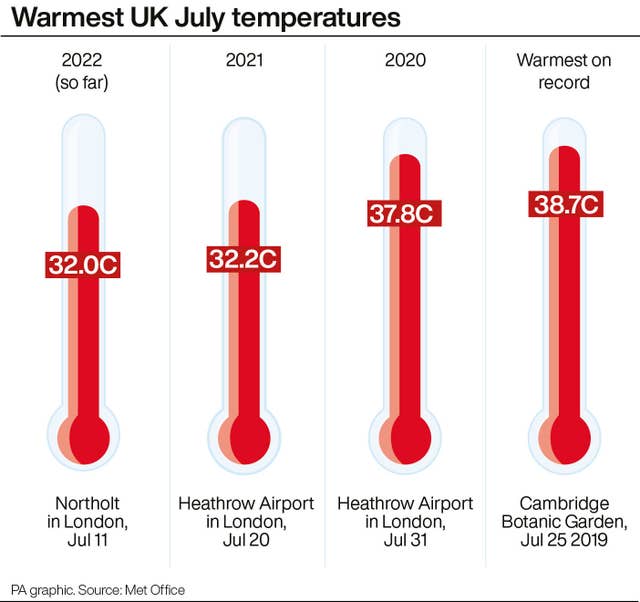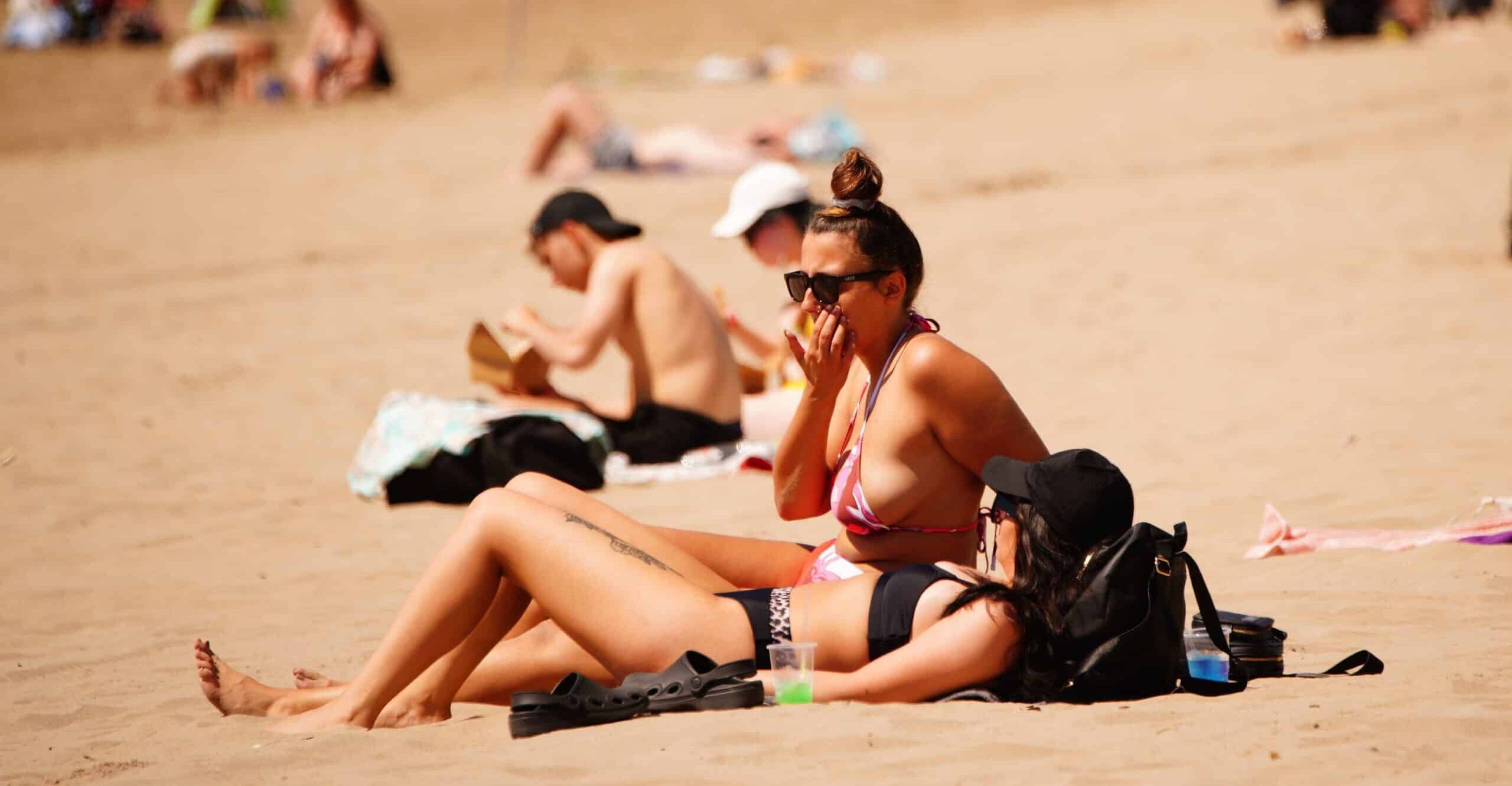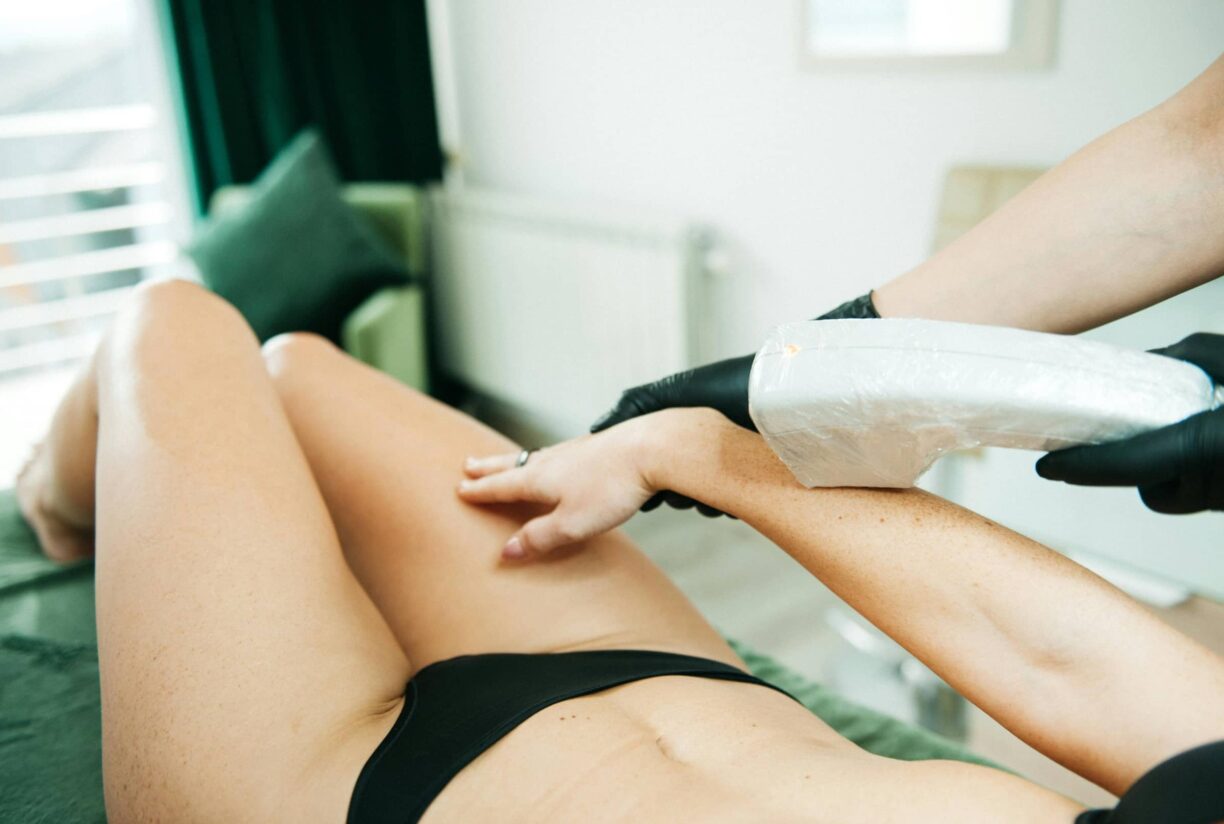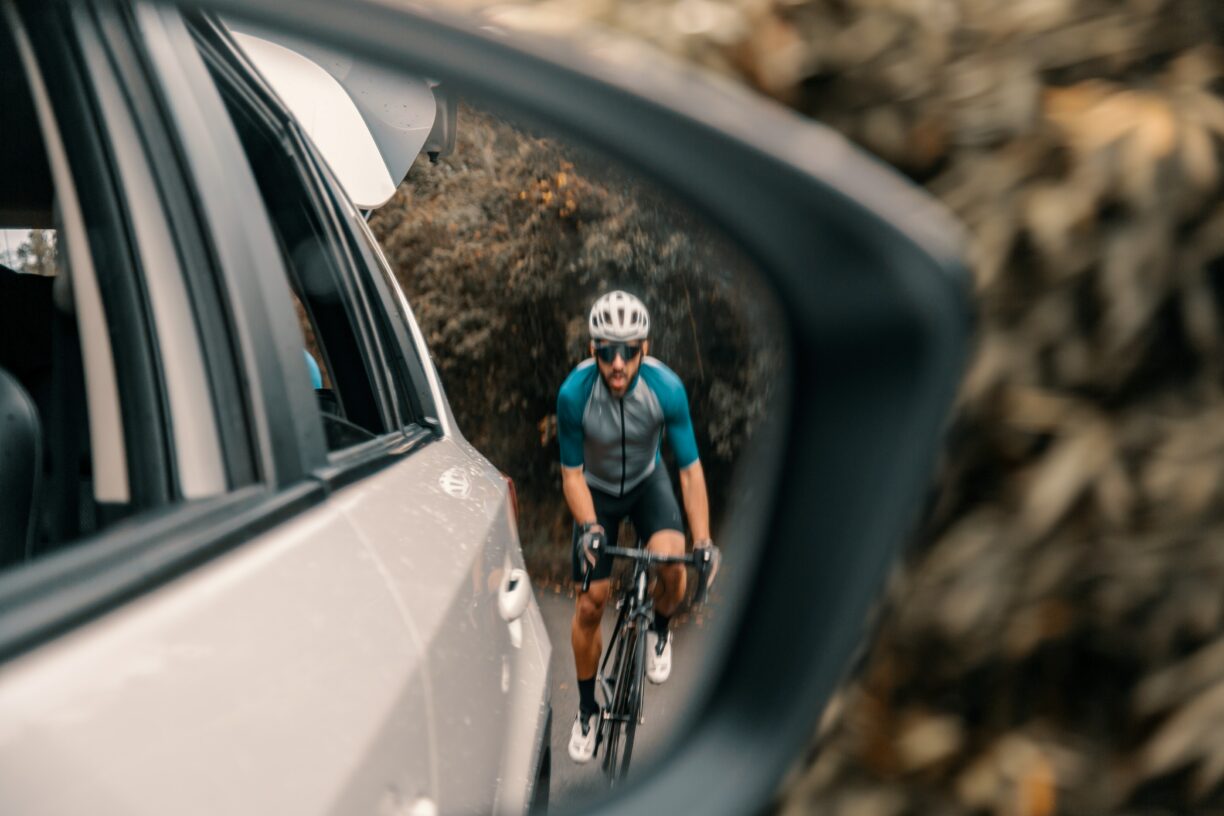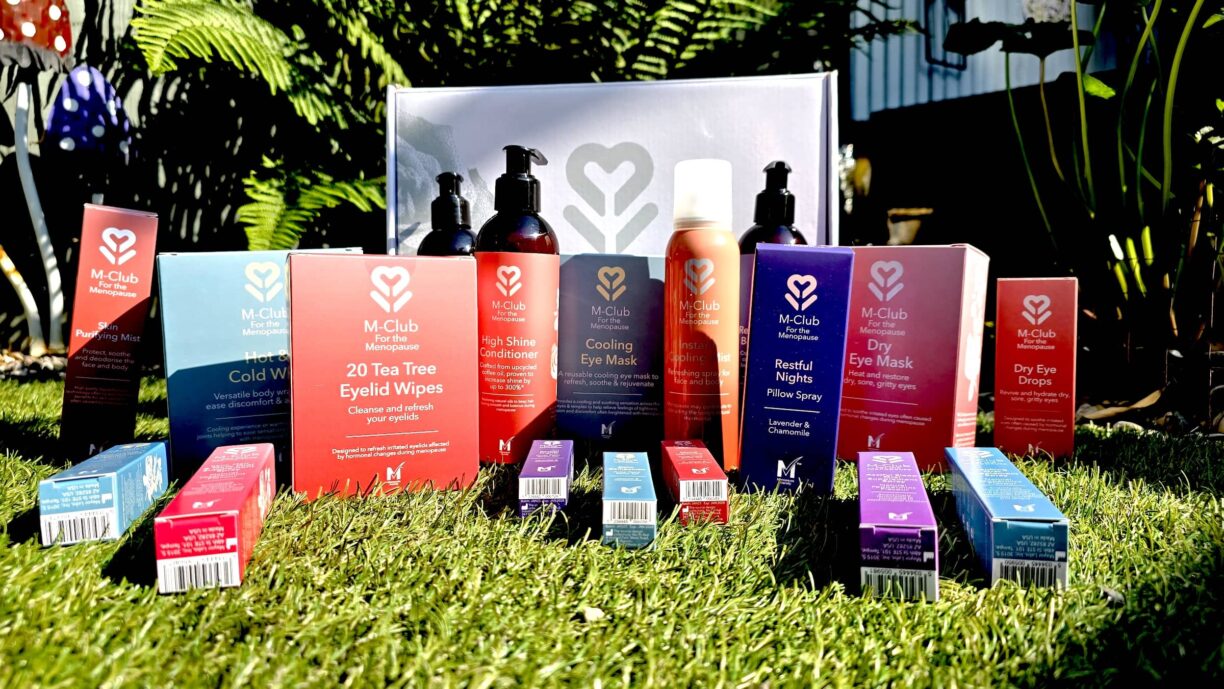The heatwave continues to rage on, with little sign of the warm weather cooling down.
A rare amber warning has been issued across a large part of the UK, stating there could be a danger to life or potential serious illness due to the high temperatures.
There’s even a 30% chance Sunday could be the hottest day ever recorded in the UK (highs of 38.7C were recorded in Cambridge in July 2019).
With such extreme temperatures, it’s important to look after your wellbeing – making sure you’re drinking enough water, and not spending too much time in the sun.
“Signs of heat exhaustion include dizziness, headaches, excessive sweating and pale, clammy skin, cramps in your arms and legs, fast breathing or pulse, breathlessness and feeling very thirsty,” says Dr Angela Rai, GP at The London General Practice (thelondongeneralpractice.com). See your GP or call 999 if you’re worried about any of these symptoms.
“However, these symptoms can also indicate other health conditions,” she says.
So at what point should you be concerned that symptoms you feel in the heat might point something more worrying?
Loss of appetite
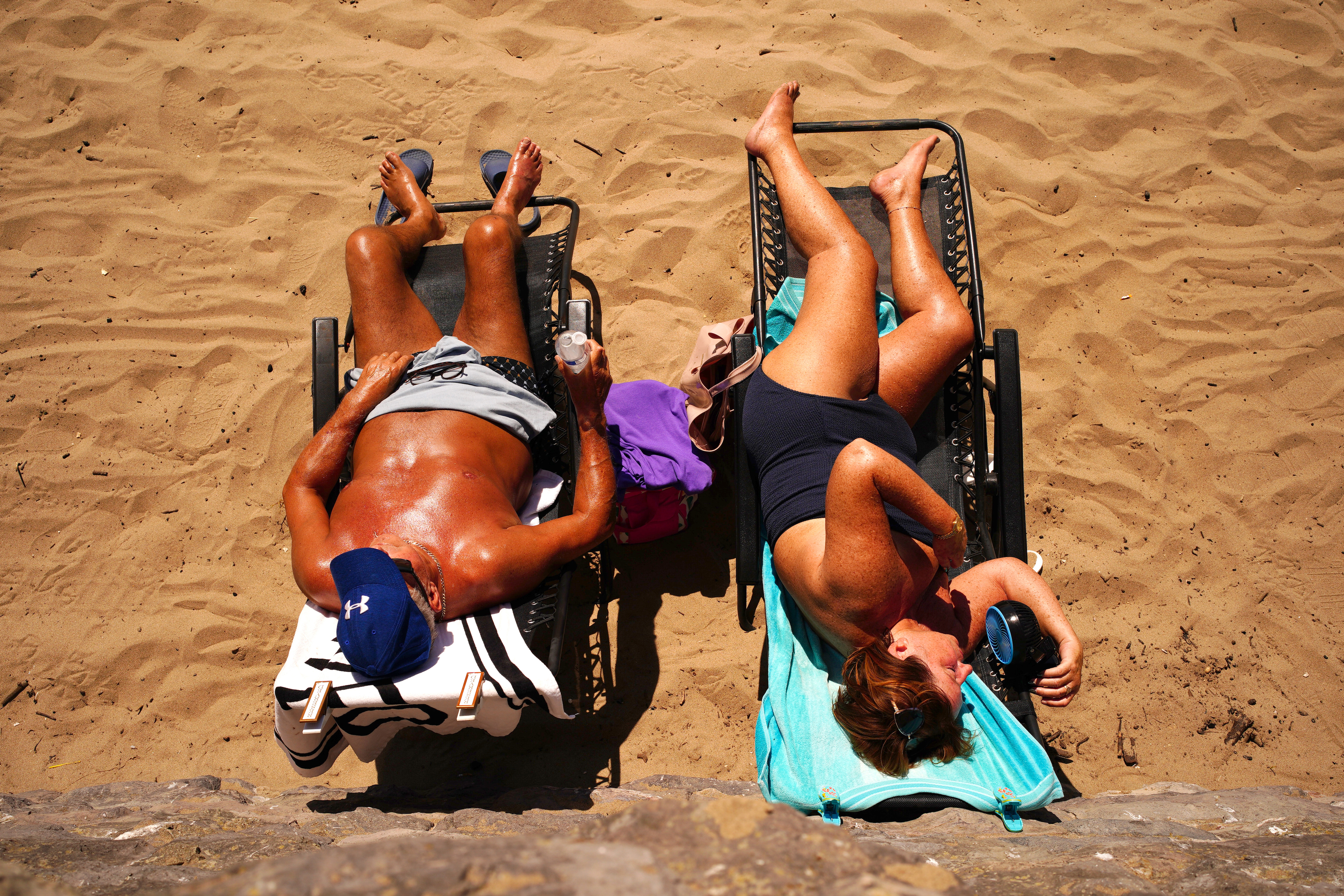
“In hot weather, you may notice a decrease in your appetite,” says Dr Bryony Henderson, lead GP at digital healthcare provider, Livi (livi.co.uk).
“This is because our bodies are trying to regulate our body temperature by cutting down on heat-generating functions like the digestion of food. However, if you have been experiencing a persistent loss of appetite that doesn’t seem to be related to a simple explanation, such as the hot weather, consult with your GP.”
Feeling thirsty

It’s important to stay hydrated during a heatwave, particularly as you might be losing more fluids than normal due to sweat. But what if your thirst feels like it just can’t be quenched?
This could be “a sign of high sugar or diabetes”, says Rai, so you might want to see a doctor.
Breathlessness
Breathlessness could be a sign of heat exhaustion – along with dizziness, headaches, cramps and nausea. Henderson says: “It’s important to take action to cool your body down quickly and avoid heatstroke. Move to a shady area or cool room as soon as possible, then lie down and raise your feet slightly.
“Make sure to drink plenty of water or a sports drink. Cool your skin by spraying it with tepid water or switching on a fan, and, if you can, try placing ice packs on your groin, armpits or neck. If you’re still feeling unwell 30 minutes after cooling down, call emergency services.”
If breathlessness persists – or you suspect it’s not due to the heat – Rai says it can also be a sign of heart or lung conditions. She recommends watching out for signs of wheezing, as this could potentially signal “an underlying lung condition”.
Fingers swelling
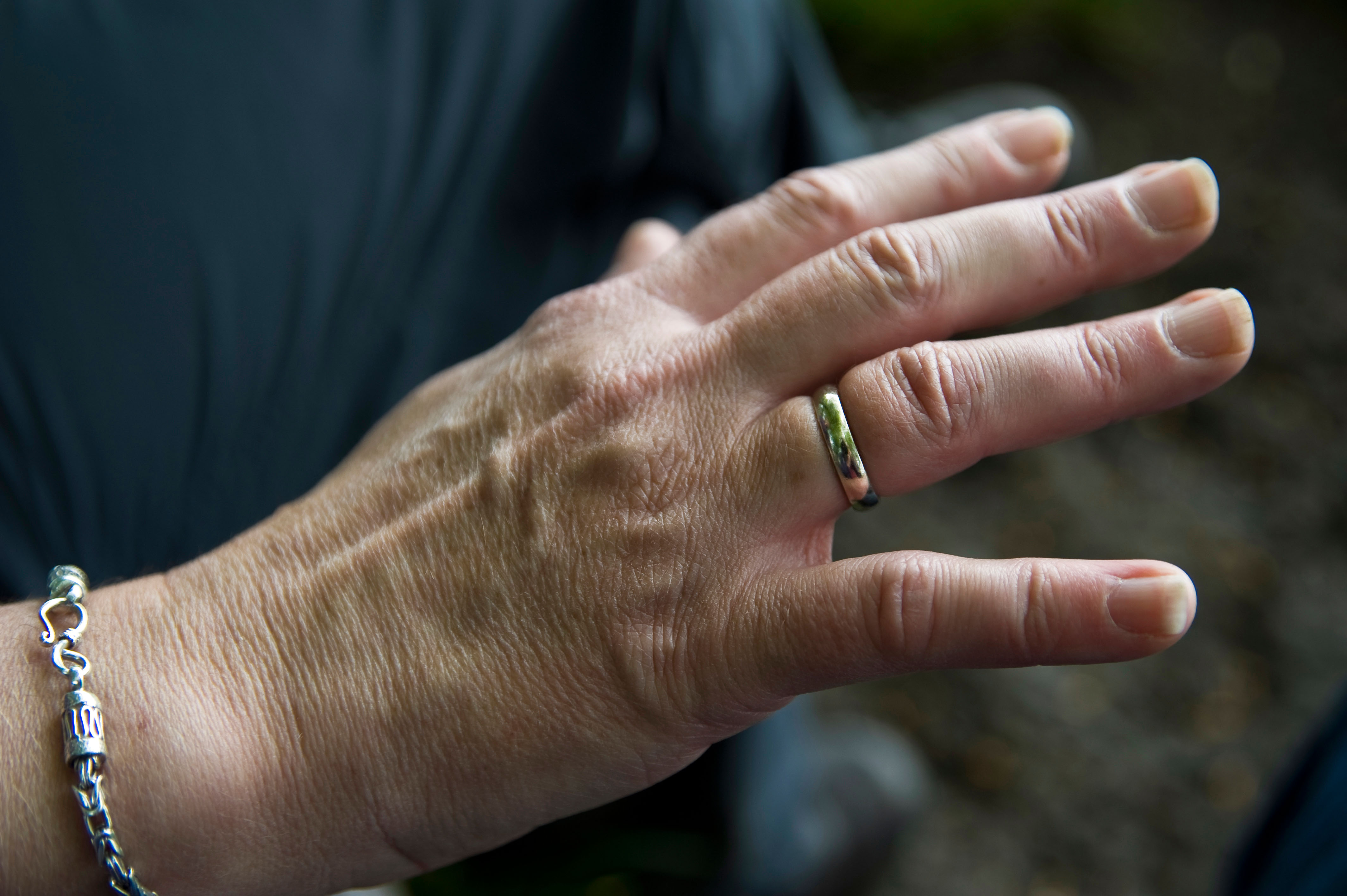
If you regularly wear rings, you’ll be well acquainted with the feeling of panic when you realise your fingers have swollen up in the heat, making it difficult to slide them off. And it’s not just your fingers – your shoes might feel tighter, too.
According to Henderson, “This is because the blood vessels in our bodies expand to send more blood to the skin to cool down the body”. There’s a simple fix for it though – “Running your hands under a cool tap can help to reduce swelling, and remember to keep hydrated by drinking plenty of water,” she says.
But while fingers and feet typically do swell in the heat, Rai adds: “It can also be linked to autoimmune and rheumatological conditions.”
Clammy skin
Feeling sweaty is part and parcel of extreme temperatures. However, if your normal sweating is coupled with pale and clammy skin, Rai says this can be associated with heart conditions, especially if there is also chest pain.
She says: “If there is chest pain and sweating, this could be angina or even signs of a heart attack, and urgent medical attention is required.”
